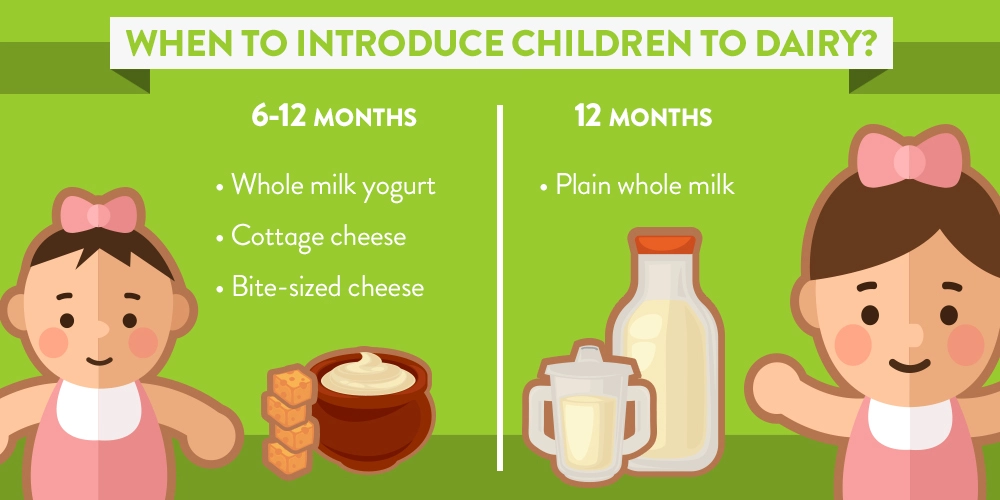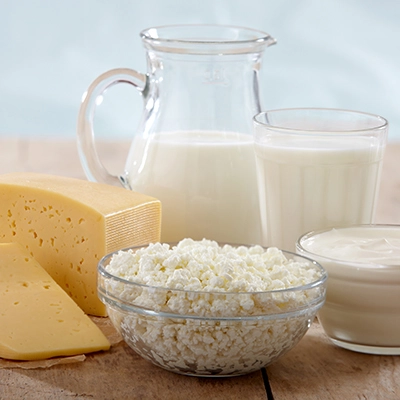When To Introduce Dairy Products To Babies
When Can My Baby Start Eating Yogurt, Milk And Cheese?
When raising a little one, you may face seemingly endless questions – but we’re here to help.
The American Academy of Pediatrics (AAP) worked together with National Dairy Council to develop a baby feeding guide to help parents understand when they can introduce foods to their children and how. It’s a good reminder that every baby is unique – and some may need more or less time before they develop their “taste” for specific foods. Here’s a look at some information and tips it shares when it comes to milk, cheese and yogurt:
0-6 Months: Breast Milk Only
Breast milk is recommended as your baby’s sole source of nutrition for the first six months of life. For infants not breastfed, iron-fortified infant formulas are appropriate substitutes. Work with your pediatrician on when and how much food you should introduce to your baby for healthy growth, including brain development.
6-12 Months: Yogurt and Cheese
It is recommended that breastmilk remains a primary source of nutrition for your baby’s diet until one year of age. However, when your baby is developmentally ready, you can start to gradually introduce complementary foods that are semi-solid or semi-liquid. Fortified infant cereal is often recommended; however, according to the AAP, single-ingredient foods can be from any food group, as long as the baby is developmentally ready. Some readiness cues include:
- Being able to sit up
- Having good head control
- Opening his/her mouth for a spoon
- Being able to move food to the back of the mouth to swallow
The first foods offered should provide iron and zinc such as fortified infant cereals and pureed meats. Initially, these complementary foods are offered in small amounts in addition to breastmilk and gradually increase in variety and amount. At this point, you can try to introduce your baby to whole milk yogurt and cottage cheese (the recommended serving size for an 8- to 12-month-old child is about 1/4 to 1/2 cup). It may take time to gain acceptance of a new food, so don’t worry if it takes several attempts before he or she accepts it.
Around 9 months old, he or she may be ready to start trying finger foods such as a half-ounce serving of cheese. How will you know? Some key signs include:
- Oral skills to handle non-liquid foods
- Interest in food by bringing foods to the mouth
- Ability to grasp objects
12 Months: Whole Milk
After your baby’s first birthday, you can start to serve plain, whole milk. According to the AAP, 2 to 3 dairy servings (1/2 cup milk or yogurt, 1/2 ounce of cheese) are recommended per day. According to experts, most toddlers need the extra calories from the fat.

Be sure to check out the baby feeding guide for the full story on all types of foods you can feed your baby, and visit the American Academy of Pediatrics’ blog at HealthyChildren.org for more tips!















